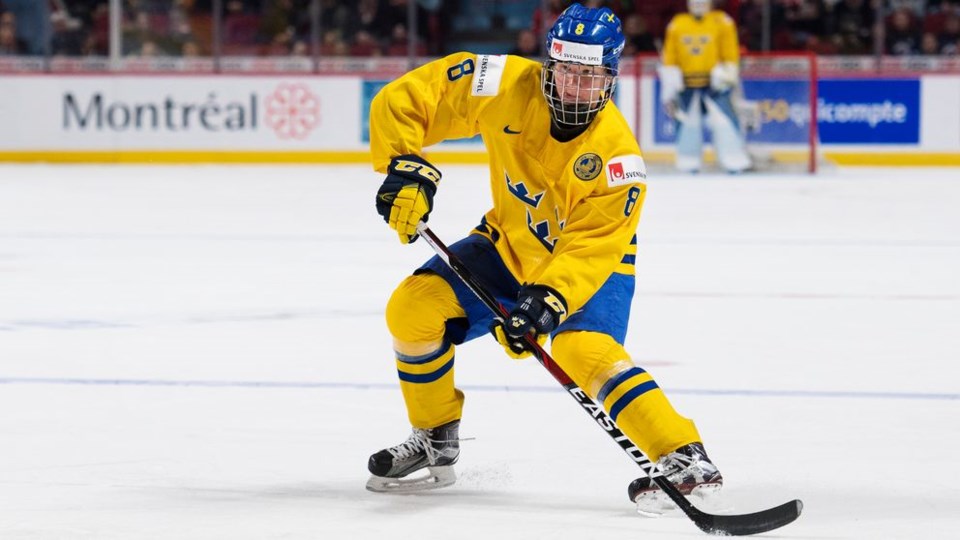When the NHL announced their adoption of a , it was hard to argue with any of their bullet points. That was the point, really: the principles are not meant to be controversial; they’re mean to be something on which everyone in hockey can agree.
There’s nothing controversial here, unless you think the eighth point about inclusivity that states “hockey is for everyone” is “too political,” in which case you need to understand that sports and politics are intertwined in a multitude of ways. And also, quit being a douche. Hockey is for everyone.
In fact, the non-controversy of the Declaration of Principles threatens to turn it into pablum. Most people agree that hockey should be “an enjoyable family experience,” that it can help develop “character and life skills,” and that as a physical activity it promotes “a healthy body, mind and spirit.” Announcing these principles could amount to little more than an elaborate back-patting ceremony.
What matters is how these principles are put into action: where hockey is not an enjoyable family experience, what can be done to change that? Where kids are being pushed to exclusively play hockey, how can you encourage participation in multiple sports? Where hockey isn’t inclusive, what steps will the league take to make it more inclusive?
Regrettably, one of the first examples of how these principles could be put into action is also one of the dumbest. Pat LaFontaine, who was instrumental in getting these principles adopted as NHL vice president of hockey development, wants to raise the draft age from 18 to 19. It’s an idea that LaFontaine claims has a lot of support in the back rooms of NHL management.
This stems from principle #6: “Hockey programs should be age-appropriate for all players, accounting for each individual's physical, emotional and cognitive development.”
The idea is couched in terms of development. Moving the draft age up a year will keep young hockey players in junior longer, making them more mature and experienced by the time they are drafted. This would have a ripple effect to lower leagues, ensuring that players are not put under undue pressure at too young an age.
Put this way, it’s a laudable goal. For young teenagers, the pressure to get to Major Junior and prove themselves can be overwhelming. But moving the draft age is clearly the wrong approach.
For starters, there are the elite players that are ready to play in the NHL at 18. Just this past season, Patrik Laine had 36 goals and 64 points for the Winnipeg Jets at age 18, and there are many more examples: Connor McDavid, Steven Stamkos, Sidney Crosby, and Patrice Bergeron all played at 18. So did Aleksander Barkov, Jeff Skinner, Nathan Mackinnon, and Matt Duchene.
These players and many more were ready to play and contribute at 18. More importantly, perhaps, from the NHLPA’s perspective, they were ready to start making money.
Even those players who are not quite ready to play in the NHL at 18 can sign a contract with a signing bonus that immediately rewards them for the years they’ve dedicated to the sport. Raising the draft age may help the development of some players, but it would hurt the earning power of many others.
Even an exceptional player clause that allows 18 year olds to be drafted in the first round wouldn’t be enough. Bergeron, for example, was a second-round pick, but still earned a spot in the NHL in his first training camp. Meanwhile, plenty of players picked beyond the first round get entry-level contracts at 18.
It just doesn't make any sense to prevent 18-year-olds capable of playing the NHL from doing so. Frankly, we already see players forced to return to Junior who have already outgrown that league, but are not allowed to play in the AHL. The system may be broken, but it's not broken in the way that the NHL seems to think it is.
From a Canucks perspective, there’s also the issue of timing. When, exactly, would this type of plan be implemented? Long-time Canucks fans would almost expect this chain of events: the NHL moving the draft age to 19 just before the lottery balls drop in the Canucks’ favour for the first time in franchise history, granting them the first overall pick.
Certainly, if 18-year-olds could still be drafted in the first round, the Canucks would not miss out on a franchise player like Rasmus Dahlin, but they would miss out on any 18-year-olds with their picks in rounds 2 through 7. For a team attempting to rebuild, moving the draft age would be devastating; there’s a reason the Canucks saved their selections of older players to the back half of the draft.
Fortunately, there’s no need to panic just yet. Rumours of the draft age going up to 19 have swirled and LaFontaine himself was involved in these rumblings . So, while there has been discussion, actual implementation of such a change is likely to be a long ways off. Hopefully, if such a change does occur, it is delayed until after the Canucks are on the upswing from their current rebuild.
Ěý



